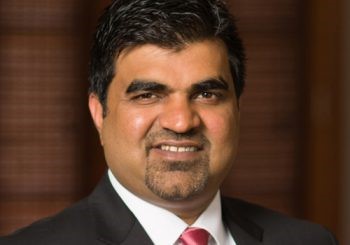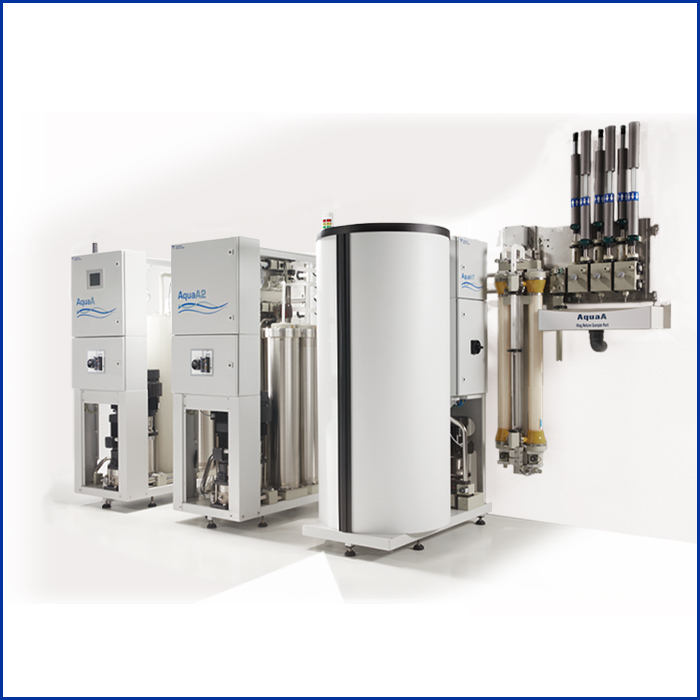
Q&A WITH DR. AHMAD SHARIF, MD, MPH, RECENTLY APPOINTED TO THE POSITION OF CHIEF MEDICAL INFORMATION OFFICER (CMIO) AT FRESENIUS MEDICAL CARE NORTH AMERICA
Q: You were recently appointed to the position of chief medical information officer at Fresenius Medical Care North America. How would you describe this role?
AS: The primary way to explain a CMIO role is you are a bridge between the clinical world and informational technology world, acting as a translator, connecting those two worlds so they can speak to each other seamlessly.
It is a relatively new role in the industry compared to the chief medical officer (CMO) or chief information officer (CIO). A CMO is primarily responsible for the quality of care being delivered. The CIO is usually responsible for all the technology tools through which that quality gets delivered. But there is a lot that gets lost in translation between these two roles.
So my goal is to help the clinical side understand how technology works and at the same time help the technologist, the pure development teams, speak that language to build our products more efficiently and to effectively help our staff further the mission of our organization to deliver superior quality care.
Q: What does the creation of the chief medical information officer position say about Fresenius Medical Care’s commitment to innovation and better care for patients?
AS: The creation of this role is a testament to the recognition that more engagement is needed from the business and clinical side into the healthcare information technology world. It is a concerted and informed effort to break away from traditional thinking, and bring more clinical influence upfront from the ideation to adoption of technology products and services.
My goal is to make all our data meaningfully available to the clinicians at the point of care. So when our patients are being treated either in our Fresenius Kidney Care dialysis centers or Azura vascular access centers, by our MedSpring urgent care centers or through our hospitalist practice, Sound Physicians, they all have clinical decision support tools based on this data built into their workflows that can meaningfully improve patient care.
Q: Provide an example of how technology, and this bridge to the clinical setting, has already made an impact on patient care?
AS: We have implemented a single electronic medical record (EMR) solution, eCube, across 2,400 clinics, which is no small feat in itself. This is one of the largest kinds of IT implementations of that scale. We work across seven time zones, hold around 50,000 chairside sessions every day with our patients and generate unbelievable amounts of data so that scale is enormous.
Now it’s time to further modernize this infrastructure to usher us into the next era of a technologically advanced business where information technology is not an afterthought, but information technology is at the forefront of the business strategy and plan.
If you don’t have good technologies and advanced solutions your output would be limited. Technology should really enable us to meet the triple aim of improving the quality of care, access of care, all while lowering the costs.
Q: That’s a great way to ask you what’s next? How to do see technology taking us to that next step toward better integrated care for our patients?
AS: For our patient population, chronically ill patients who may see 10 to 15 different providers, their information is often highly fragmented and contained in multiple different computer systems. Unless those systems start talking to each other we won’t really realize the value of digital records and unlock the potential value of having these systems.
Just like telecommunications now, it’s all done in the back end. Imagine if you were an AT&T user and in order to call a person with Verizon you would need a different phone or you had to call an operator and request them?
We need to accelerate this connectivity in healthcare so we can have a better longitudinal view of the patient’s record and care picture. When our patients with end stage renal disease go to the hospital, for example, we often don’t know everything that happened there. Even when we try to find out, it is a very tedious and manual process.
When a dialysis patient enters a hospital, an alert should be automatically sent to their nephrologist because the emergency room doctor may not fully understand the patient’s picture due to incomplete information. The patient may just need an outpatient treatment and be fine. But often they get admitted, sent to an ICU (intensive care unit), or undergo dialysis in the hospital. If we had seen the lab results, we could have helped the patient avoid treatments in a higher acuity setting that potentially complicated their care further.
Secondly, I think in the future, our systems should become so smart that we will have exam rooms where our conversations can be coded by the computers, build a note of record and even prompt us to suggest a diagnosis.
What would be fantastic is for machine learning and artificial intelligence to help me find the correlations I don’t know about, which are not part of my knowledge base. I want the machine to be able see all the data and tell me about things I don’t know about because they are not the known correlations, or human brains don’t have the power to instantaneously process. That’s where we will see real advantages in improving care for patients and realizing the goals of personalized and precision medicine in a super connected environment.
About Dr. Ahmad Sharif
Ahmad Sharif, MD, MPH, is Senior Vice President and Chief Medical Information Officer at Fresenius Medical Care North America. Dr. Sharif has extensive experience in health information technology, consulting with over 25 health systems across the country and abroad, implementing and optimizing electronic health records, clinical practice management and technology solutions for multi-facility large academic institutions and smaller community and critical access hospitals.
For more on the topic of patient data, read Dr. Ahmad Sharif’s whitepaper “Connecting Patients with Their Health Information.”



